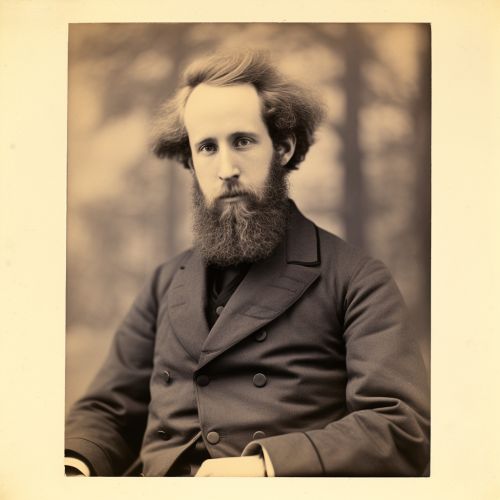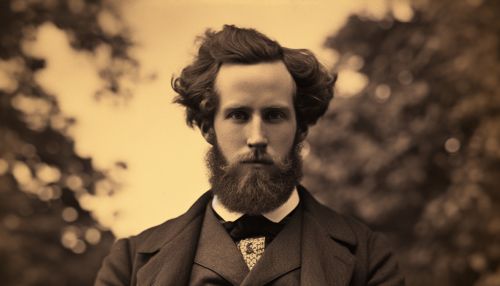Maxwell's equations
Introduction
Maxwell's equations are a set of four differential equations that describe how electric and magnetic fields interact. Named after the physicist James Clerk Maxwell, they form the foundation of classical electrodynamics, optics, and electric circuits. These equations provide a mathematical model for electric, optical, and radio technologies, such as power generation, electric motors, wireless communication, lenses, radar, and microwaves.
Historical Development
Maxwell's equations were first presented by James Clerk Maxwell in 1861. He combined the laws of electromagnetism that had been discovered by several researchers over the previous decades, including Michael Faraday, André-Marie Ampère, and Carl Friedrich Gauss. Maxwell also added one further equation, now known as Maxwell's displacement current term, which completed the set of equations that we now call Maxwell's equations.


The Equations
Maxwell's equations can be written in several different forms. The most common form is in terms of the electric field E, the magnetic field B, the electric charge density ρ, and the electric current density J. The equations are:
1. Gauss's law for electricity: ∇ • E = ρ/ε₀ 2. Gauss's law for magnetism: ∇ • B = 0 3. Faraday's law of induction: ∇ x E = -∂B/∂t 4. Ampère's law with Maxwell's addition: ∇ x B = μ₀J + μ₀ε₀∂E/∂t
These equations are written in differential form. They can also be written in integral form, which gives the same information but in a different way.
Explanation of the Equations
Gauss's Law for Electricity
The first of Maxwell's equations, Gauss's law for electricity, states that the electric flux through any closed surface is proportional to the total electric charge enclosed by that surface. This law describes how charges create electric fields.
Gauss's Law for Magnetism
The second equation, Gauss's law for magnetism, states that there are no magnetic monopoles in nature. In other words, magnetic fields always have both a north and a south pole. This law describes how magnetic fields are created by electric currents and changes in electric fields.
Faraday's Law of Induction
The third equation, Faraday's law of induction, states that a changing magnetic field creates an electric field. This is the principle behind many electric generators and transformers.
Ampère's Law with Maxwell's Addition
The fourth equation, Ampère's law with Maxwell's addition, states that magnetic fields are generated by electric currents and by changing electric fields. This equation includes the displacement current term added by Maxwell, which is crucial for accurately describing the behavior of capacitors and the propagation of electromagnetic waves.
Applications of Maxwell's Equations
Maxwell's equations are fundamental to many areas of physics and engineering. They are used in the design and analysis of electrical circuits, in the study of light and other electromagnetic waves, and in the theory of special relativity.
Electrical Engineering
In electrical engineering, Maxwell's equations are used to design and analyze electric circuits. They describe how voltages and currents behave in electrical components such as resistors, capacitors, and inductors.
Optics
In optics, Maxwell's equations are used to describe the behavior of light. They explain how light waves propagate, how they interact with materials, and how they can be manipulated using lenses and other optical devices.
Special Relativity
In the theory of special relativity, Maxwell's equations play a key role. The invariance of the speed of light, a central postulate of special relativity, is a direct consequence of Maxwell's equations.
Conclusion
Maxwell's equations are one of the great achievements of 19th-century physics. They provide a unified description of the electric and magnetic fields, and they form the basis for much of modern physics and engineering. Despite their age, they remain as relevant and important today as they were when Maxwell first wrote them down more than 150 years ago.
